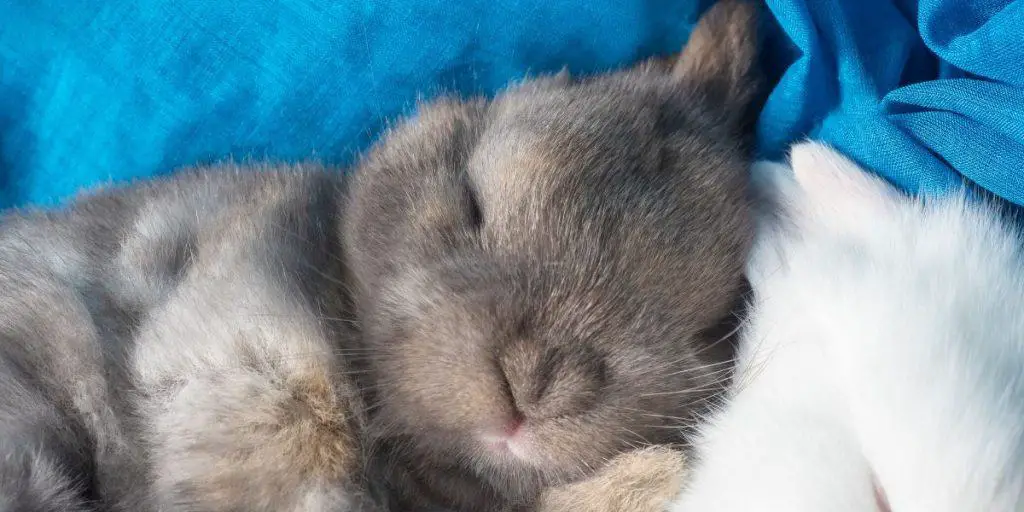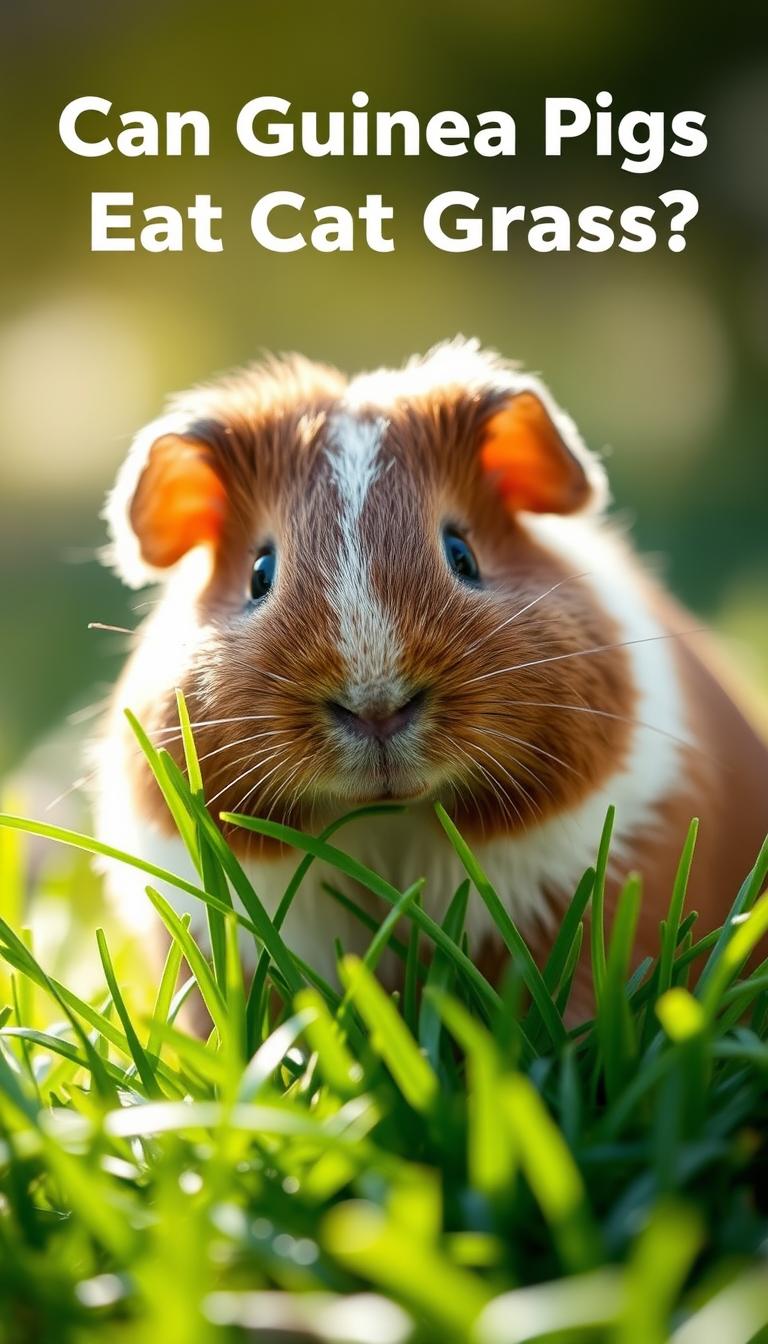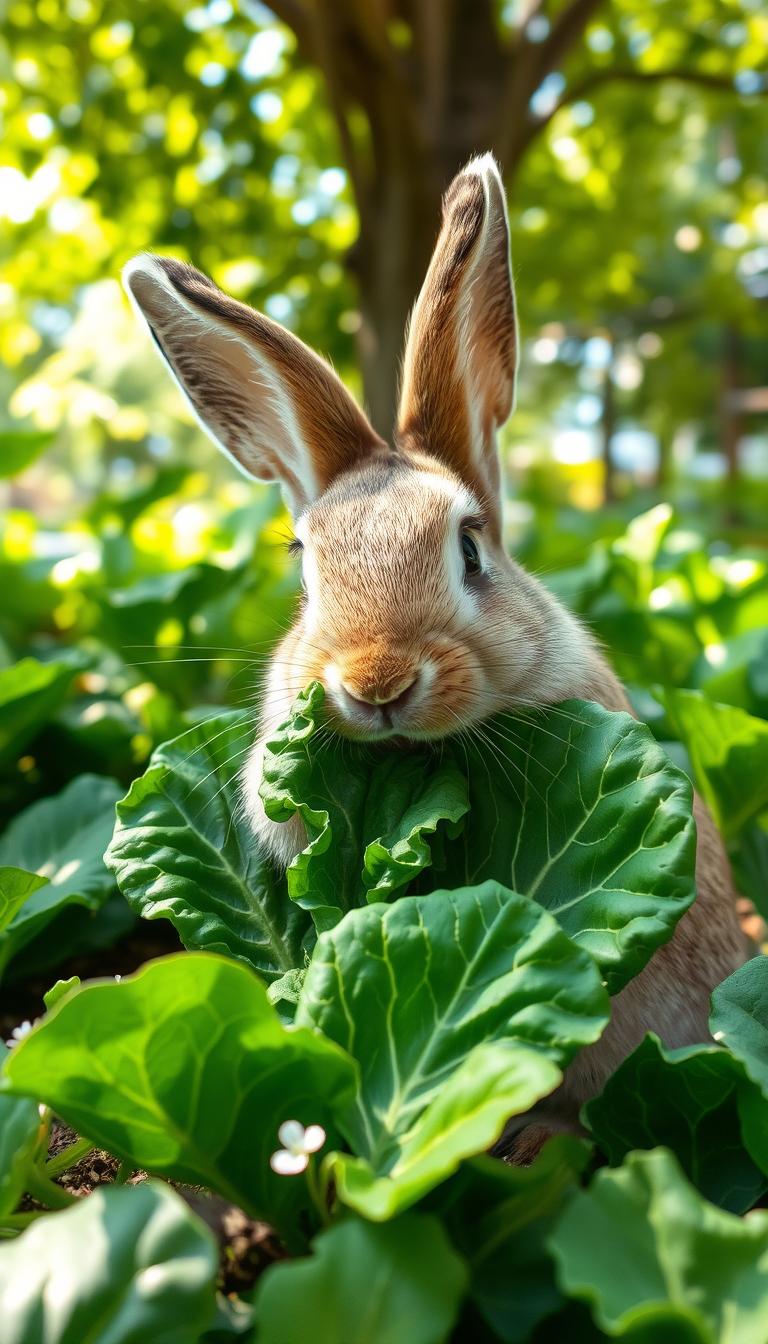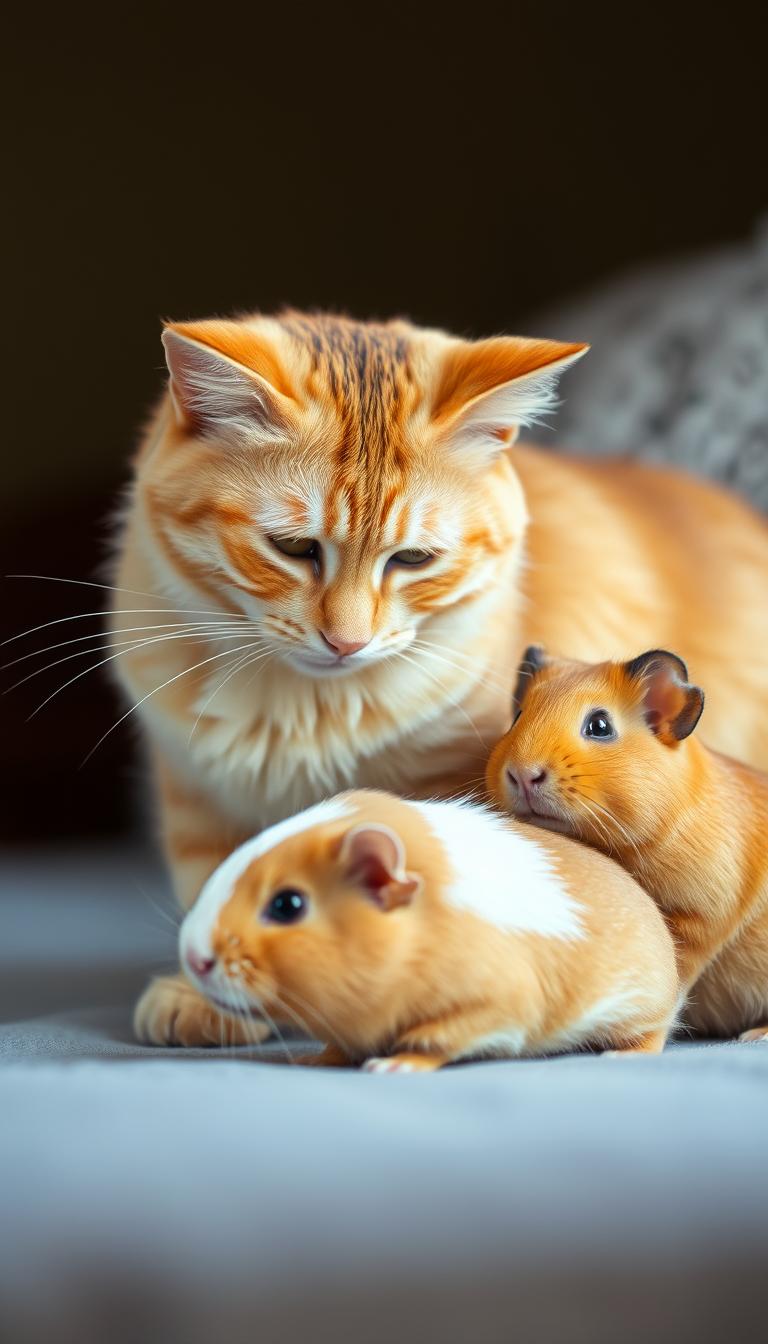When it comes to what to put in the bottom of a rabbit cage, there is something you will want to be aware of. This is that rabbit feet are extraordinarily sensitive.
To protect their delicate feet from undue strain, the proper flooring is imperative. Otherwise, your rabbit is sure to experience discomfort and pain.
Ultimately, your bun will likely suffer from sore hock!
Along with this, you will need to furnish the bottom of the cage with bedding, in order to cushion their feet.
This will go a long way to helping your rabbit feel comfortable, at home, and well.
Ensure whatever you use in the bottom of your rabbit cage that it is easy to clean, hygienic, and kind to their feet to prevent any illnesses like sore hock. Rabbit fleeces are a suitable choice of bedding and the preferred choice of many rabbit keepers.
Click here to skip this article| See the best rabbit bedding solutions ↗️

Table of Contents
Your Rabbit Will Need A Gentle But Sturdy Surface To Stand On
What to put in the bottom of a rabbit cage is really important to consider. Ideally, the cage floor should mimic the natural environment of a rabbit.
This means a floor similar to solid Earth, and bedding that is like springy leaves, debris, and so on.
The improper flooring type can actually prove a risk. Without a sturdy surface, and bedding as a cushion, your rabbit will likely develop a painful condition called sore hock.
What Is Sore Hock?
Sore hock is an unfortunate condition that your rabbit can develop when exposed long-term to an improper floor. You see, rabbits put a lot of weight on those back, hopping feet, and again, their feet are terribly sensitive.
What does sore hock look like?
First, you will notice a thinning of the fur. Next, your rabbit will develop reddened, calloused skin.
Hopefully, it will not get so far. Treat sore hock by keeping your rabbit’s feet extra dry, and by applying an anti-inflammatory medication as well. A vet visit is also likely in order.
It Is Recommended To Never Use A Mesh Floor
Mesh flooring is one of the biggest culprits of sore hock. Simply put, this thin, bendy, metal surface is neither comfortable nor supportive. Avoid mesh, and pick another, safer flooring alternative!
Wood Floor
You will often find that a rabbit hutch will have a wood floor. Some cages will as well. A wood floor can be, in fact, quite suitable for rabbit feet. However, you will almost certainly want your rabbit to use a litter box. Wood is a very absorbent material and will otherwise absorb urine and odor.
Wood is also a flooring material that a mischievous rabbit may decide to give a chew.
Tile Floor
When it comes to what to put in the bottom of a rabbit cage, tile is arguably the best option out there. Tile is very durable. You can even pick a kind with some (gentle) texture, to provide grip for your bun.
What’s more, unlike wood, finished tile flooring will not absorb urine or odor.
Wiping tile flooring clean is also much easier.
Plastic
Lots of rabbit cages are made entirely of plastic, including the floor. While plastic is much better for rabbit feet than, say, mesh, it still has its downfall.
Bare plastic is much too slippery for an active bun. On a plastic cage bottom, adding a mat or big piece of tile can help create a surface that is ideal.
You will also want to make sure that the plastic is thick and chew-proof (especially if your rabbit is an enthusiastic chewer).
Place A Mat On The Floor
Want to help your rabbit get comfy in their cage? Or perhaps make cleaning a little easier? If you are wondering what to put in the bottom of a rabbit cage to achieve this, look no further.
Simply place a mat on the floor.
This will cushion your rabbit’s feet, and, come cleaning time, a mat is nice and easy to remove. There are many mat materials and shapes to choose from.
For example, rugs, horse stall mats, and foam puzzle mats, and more.
The cons? Mats are rather easy for rabbits to chew. If your rabbit is an avid chewer, you may want to choose another flooring material.

Every Rabbit Should Have The Proper Bedding In Their Home
No rabbit cage is complete without bedding! These little guys do love to be cozy, after all. In fact, bedding will help mimic the natural environment of a rabbit: a burrow. There are many bedding types to choose from, and these are some of the most popular:
Paper
Many rabbits owners have opted for rabbit bedding made of paper. Why? Its sheer availability! Even at home, you can find paper just about anywhere. So, what kind of paper can you use, when it comes to what to put in the bottom of a rabbit cage?
Well, you will want to avoid any papers that contain ink. This is a toxic compound and can do your rabbit harm. Instead, look for blank paper.
Also, make sure that the paper does not have a finish, as this is not edible for rabbits, either.
Brown paper bags and even cardboard can also work quite well.
You can make paper bedding in a couple of ways: tear the paper to shreds, or turn it into paper pulp… whichever!
Aspen Wood Shavings
Did you know that many types of wood shavings are unsuitable for your rabbit?
Some have silvers, while others can be downright poisonous, should the ammonia fumes and the fumes of the wood combine. The most notable of these are pine and cedar.
Aspen wood shavings, on the other hand, are an excellent alternative. This a soft, springy, toxin-free, and absorbent wood variety, and nice and safe for your bun.
Just make sure to purchase your aspen wood shavings at a pet store. At a lumberyard, they will not have been sanitized yet (and can contain mites, and so on).
Wood Pellets
When it comes to rabbit bedding, wood pellets are another possible option… These are absorbent, non-toxic, and a solid choice overall.
They are a little more costly, compared to aspen wood shavings or paper, but they also last longer. Comparatively, wood pellets also absorb more urine, spills, and odor, overall.
Hay or Straw
For rabbit bedding, some will opt to use straw. This is because it is both affordable and plentiful.
However, straw is not nearly as absorbent as aspen wood shavings or paper. Because rabbits eat hay, they may consume too much of their bedding as well.
Litter Box
If you have litter trained your bunny, and are wondering what to put in the bottom of a rabbit cage, consider the litter box. You will want to make this easily accessible, and so you should place it at ground level.
Litter boxes are not technically bedding as they don’t sleep on them but they do help to keep the floor of your rabbit cage clean and tidy.
This will reduce the number of times you have to replace and clean their cage or hutch.
Toys And Wood To Chew
Rabbits are active little critters and will thank you for some toys, and some wood to chew.
In fact, rabbit teeth will continue to grow all throughout their lifetime; they must do plenty of chewing in order to keep this in check.
Allow them to chew whenever they like




Rabbits are also known to love a good paper bag or cardboard box!
Final thoughts
As you can see, when it comes to what to put in the bottom of a rabbit cage, it actually matters a lot. The flooring of the cage, and the bedding, play a key role in rabbit foot health. Rabbits truly do require a surface that is stable, flat, and even.
Bedding is also a necessity… without these things, your rabbit will not be comfortable, even to the point of developing sore hock.
Along with a solid floor, and cushiony bedding, spoil your bun with some toys or an aspen woodblock!








